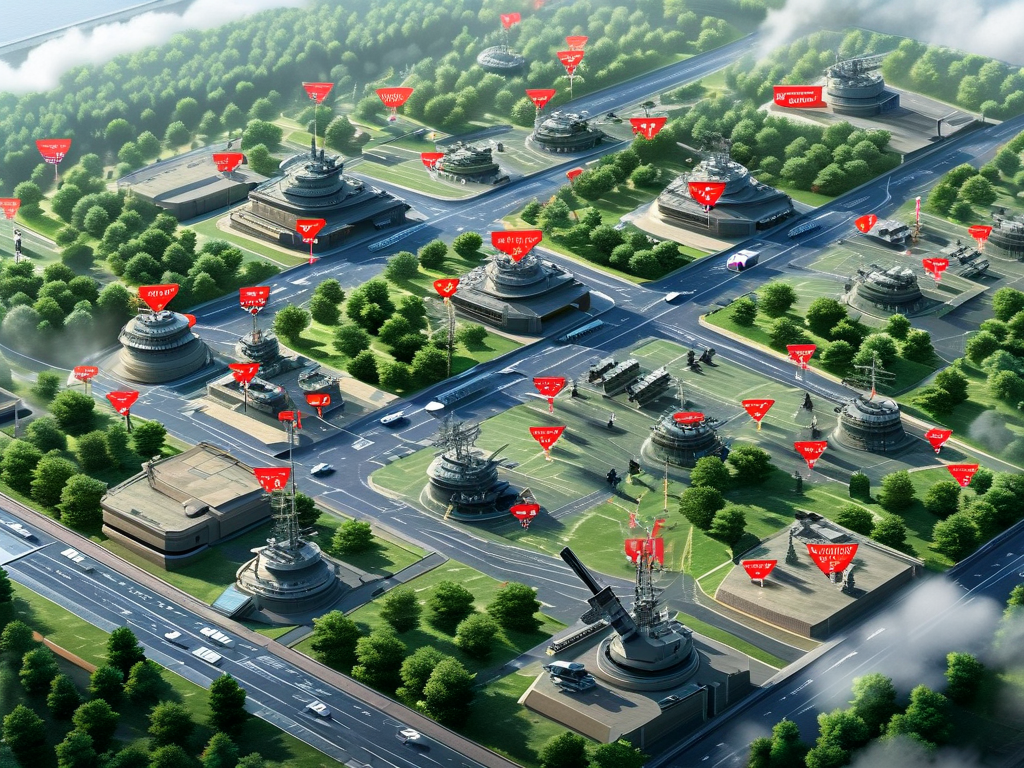The relentless advancement of artificial intelligence and robotics presents unprecedented capabilities, automating complex tasks, analyzing vast datasets, and even performing delicate surgeries. However, this progress inevitably raises critical questions about control, security, and potential vulnerabilities. The notion of "defeating" such sophisticated systems is less about brute force destruction and more about understanding their inherent limitations, exploiting specific weaknesses, and developing robust countermeasures to maintain human oversight, security, and ethical boundaries. This requires a multi-pronged approach blending technical ingenuity with strategic foresight.

Fundamentally, AI and robots operate within the parameters defined by their programming, training data, and underlying algorithms. Their "intelligence" is narrow, focused on specific domains. One primary avenue for countering them lies in exploiting this narrowness. Adversarial attacks represent a potent technical countermeasure. These involve deliberately crafting inputs designed to deceive machine learning models. A classic example is subtly perturbing an image in ways imperceptible to the human eye, causing an image recognition system to misclassify it entirely – perhaps seeing a stop sign as a speed limit sign. Developing and deploying such adversarial techniques, while ethically complex, is crucial for stress-testing AI systems, revealing their brittleness, and forcing the development of more robust, resilient models less susceptible to manipulation. This arms race in adversarial machine learning is a critical frontline in AI security.
Beyond direct deception, disrupting the data integrity upon which AI thrives is another strategic lever. AI systems, particularly those reliant on machine learning, require vast amounts of high-quality, relevant data. Introducing carefully crafted noise, biases, or misinformation into their training datasets or real-time input streams can significantly degrade their performance or lead them to produce erroneous outputs. While potentially disruptive, understanding these data poisoning techniques is essential for defending critical systems against sabotage and ensuring AI operates on trustworthy information. Robust data validation, anomaly detection systems, and diverse data sourcing are vital defenses against such attacks.
The physical layer presents unique challenges and opportunities when countering robots. Unlike purely digital AI, robots interact with the physical world through sensors (cameras, LiDAR, microphones, tactile sensors) and actuators (motors, arms, grippers). Countermeasures can target these interfaces. Directed energy weapons (like lasers), strong electromagnetic pulses (EMP), acoustic interference (jamming sonar or overwhelming microphones with noise), or even simple physical barriers and obscurants (smoke, fog, reflective surfaces) can disrupt sensor input, effectively blinding or deafening the robot. Similarly, targeting control signals through sophisticated radio frequency (RF) jamming or spoofing can sever the link between the robot and its operator or central AI controller, rendering it immobile or uncontrollable. Physical hardening, sensor fusion (using multiple redundant sensors), and secure, encrypted communication protocols are essential robot defenses against these tactics.
Perhaps the most crucial countermeasure lies in human cognition and ethical frameworks. While AI excels at pattern recognition and speed, humans possess unparalleled capabilities in abstract reasoning, contextual understanding, ethical judgment, and creative problem-solving – especially in novel, unstructured situations. Humans can understand nuance, sarcasm, cultural context, and the "why" behind actions in ways current AI fundamentally struggles with. Therefore, ensuring meaningful human oversight (not just superficial monitoring) in critical decision loops involving AI and autonomous robots is paramount. Developing clear ethical guidelines and legal frameworks governing AI/robot development and deployment, including strict accountability mechanisms, acts as a societal-level countermeasure against misuse and uncontrolled autonomy. Humans must design the boundaries within which these systems operate.
Furthermore, fostering cybersecurity resilience is non-negotiable. AI systems and robots are complex software platforms running on networked hardware. They inherit all the vulnerabilities of traditional IT and OT (Operational Technology) systems. Robust cybersecurity practices – rigorous penetration testing, secure coding standards, timely patching, network segmentation, intrusion detection systems, and comprehensive incident response plans – are fundamental countermeasures. A single compromised robot or AI controller could lead to catastrophic failure or malicious control. Security must be baked into the design phase (security by design) and maintained throughout the lifecycle.
The concept of "defeating" AI and robots also extends to socio-economic strategies. Promoting widespread AI literacy empowers individuals to understand and critically evaluate AI-driven decisions affecting their lives. Investing in uniquely human skills – creativity, emotional intelligence, complex critical thinking, and skilled trades requiring high dexterity and adaptability – prepares the workforce for collaboration with, rather than replacement by, automation. Policies addressing job displacement and ensuring equitable access to the benefits of AI are crucial societal countermeasures against destabilization.
Ultimately, the goal isn't necessarily annihilation but ensuring safe, controllable, and beneficial coexistence. Continuous research into AI safety and alignment – ensuring AI goals remain congruent with human values – is a proactive countermeasure against potential existential risks. Developing international norms and treaties governing autonomous weapons systems is a critical diplomatic countermeasure. Robust testing standards and certification regimes for AI and robotics ensure reliability and safety before deployment in high-stakes environments.
Countering advanced AI and robotics is not a one-time feat but an ongoing process of adaptation, vigilance, and responsible innovation. It demands technical prowess to exploit weaknesses and build defenses, strategic thinking to anticipate threats, strong ethical principles to guide development, and resilient societal structures to absorb impacts. By understanding their limitations, targeting their dependencies (data, sensors, networks), enforcing human control, and prioritizing security and ethics, we can effectively "outsmart" these powerful technologies, harnessing their potential while safeguarding humanity's future. The battle isn't against the machines themselves, but for the wisdom to control our own creations.


